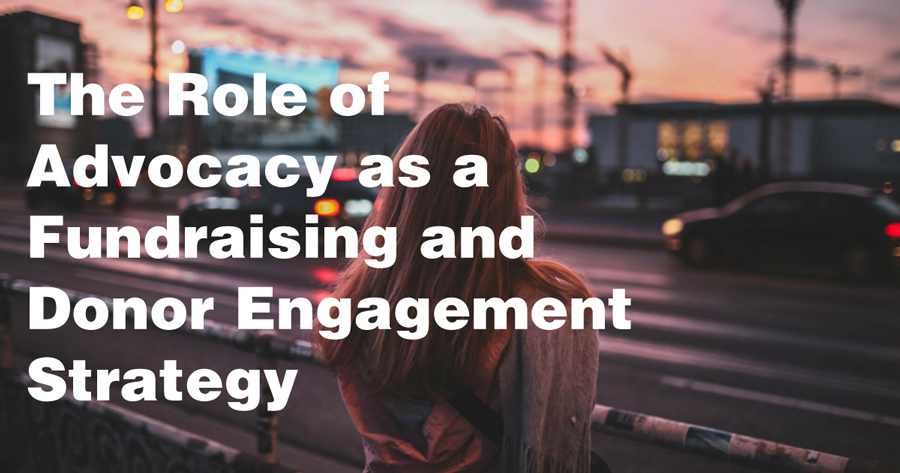Nonprofit Technology & Fundraising Blog
Subscribe to our mailing list
October 10, 2017 |

Fundraising and advocacy are enjoying something of a golden era thanks to the internet and social media, which make it easier and more affordable than ever to get a message out and build community. Effective donor engagement, which lies at the heart of every successful fundraising campaign, consists of a number of key factors like storytelling, which can serve as the bridge that ties advocacy and fundraising together.
Most people have at least one and often many causes they care deeply about and are involved in promoting and supporting in some way, be it by signing and sharing a petition, donating money, organizing a fundraiser or writing to and calling elected officials and representatives to lobby support.
Children at Risk, a Houston, TX, based organization focusing on advocacy and raising awareness around key issues like education, parenting, human trafficking and health and nutrition, uses a couple of strategies to help interested people get involved, such as:
Children at Risk uses DonorPerfect and Votility to manage its advocacy campaigns:
Through our Advocacy Alerts, we were able to educate and motivate our supporters, which helped our advocacy efforts in Austin. These emails kept our members informed on legislative issues throughout the session so when we needed them to reach out to elected officials, they were ready. We were happy with our response rate, which averaged 24%. In future years we hope to expand our Advocacy Alert network and improve the response rate. This is a great supplement to our work at the Capitol and a meaningful method to engage our members to advocate on behalf of the children of Texas.
Successful advocacy and fundraising both rely on the ability to develop and maintain lasting and ongoing partnerships and relationships with donors. If a person or organization donates money to a cause once, chances are they will be willing to do so again in the future. Because they are already interested and invested in the cause, they are also likely to be more receptive to the organization’s advocacy work and efforts, creating a seamless and organic link between individual fundraising campaigns and the organization’s ongoing advocacy efforts.
Start with good data. Donors provide information, such as where they live and what they’re interested in, by signing up for newsletters, attending events and, of course, giving financially. This information can be used to design grass-roots advocacy campaigns to target the right people when the time comes.
Let advocacy and fundraising work together. When asking for a donation, also ask for a donor to take action, like signing a petition, calling their representative in Washington or sharing your newsletter with interested friends and family.
Take advantage of technology. From reaching out and engaging people where they spend most of their time to managing donor information and the ability to quickly deploy a campaign, online tools are invaluable in connecting an organization with its supporters. Children at Risk incorporated Votility’s advocacy software to develop targeted rapid response campaigns around Texas’s legislative session:
We were very happy with how we were able to quickly develop an advocacy campaign that could target our membership based on their address and interest areas. Early in the legislative session we sent out emails to all our members that were interested in legislative issues. Later as votes became critical, we were able to target our emails to constituents of specific State Representatives and Senators voting on our bills in committees. Our Votility campaigns were easy to coordinate across our departments and with our existing media platforms, which enabled us to have rapid responses to evolving issues.
Thank you to Gretchen Himsl, Shay Everitt, and Katie Martinez from Children At Risk.
Follow us on social!